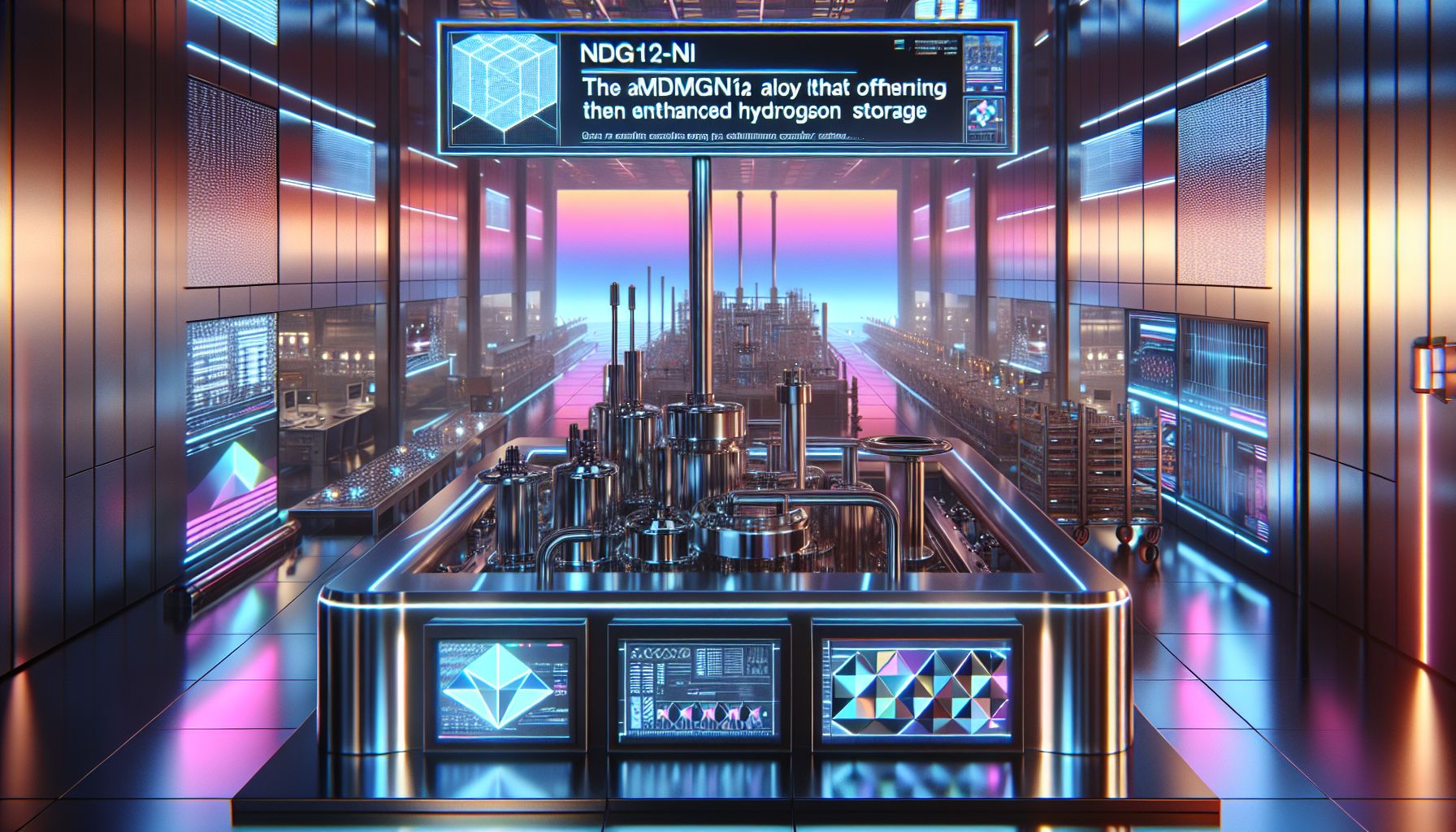China's Hydrogen Storage Breakthrough: Rare Earth and Magnesium Alloys Shine

N/A, Sunday, 15 December 2024.
Chinese research reveals NdMg12-Ni alloy’s enhanced hydrogen storage via ball-milling, offering significant potential in energy solutions. It’s a promising leap for using rare earth elements efficiently.
Groundbreaking Results
I’m excited to share the remarkable progress in hydrogen storage technology coming from China. The latest research shows that the NdMg12-Ni alloy, when processed through ball-milling, achieves 95% of its hydrogen storage capacity in just 180 seconds at temperatures between 330°C and 350°C [1]. This is particularly impressive when you consider the significant reduction in activation energy - from 236.3334 kJ/mol to 115.2953 kJ/mol - achieved through optimized ball-milling [1].
Technical Innovation
The research team discovered that a 6-hour ball-milling duration provides optimal results, with a hydrogen absorption enthalpy of 74.6109 kJ/mol [1]. What fascinates me is how this process promotes the formation of the Mg2Ni phase, which enhances the material’s hydrogen storage capabilities [1]. This work, supported by China’s National Natural Science Foundation [1], demonstrates the country’s commitment to advancing clean energy solutions.
Broader Impact and Related Developments
This breakthrough aligns with other recent advances in Chinese hydrogen storage research. Just recently, researchers developed a FeCoNiLa medium-entropy alloy that achieved impressive results, lowering dehydrogenation temperatures to 281.6°C from 360.0°C [2]. What’s particularly exciting is that these developments are part of a larger trend in using rare earth elements for hydrogen storage solutions, with various teams exploring different combinations for optimal performance [2].
Future Prospects
The implications of this research are significant for the future of hydrogen storage. While traditional approaches have faced challenges with thermodynamic stability and slow kinetics [2], these new developments in rare earth and magnesium alloys are opening doors to more efficient storage solutions. The success with both NdMg12-Ni and FeCoNiLa MEA systems suggests we’re on the cusp of a new era in hydrogen storage technology [1][2].